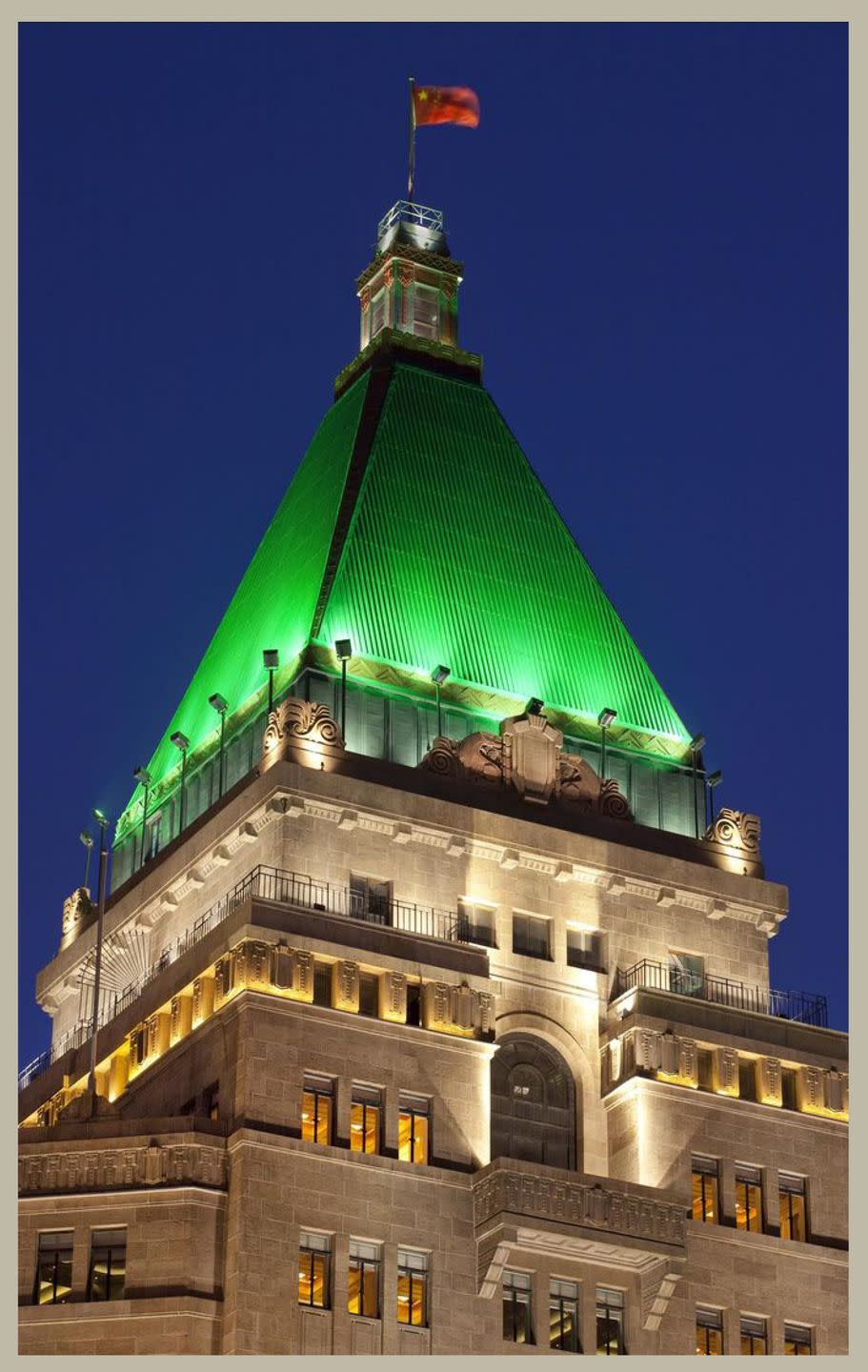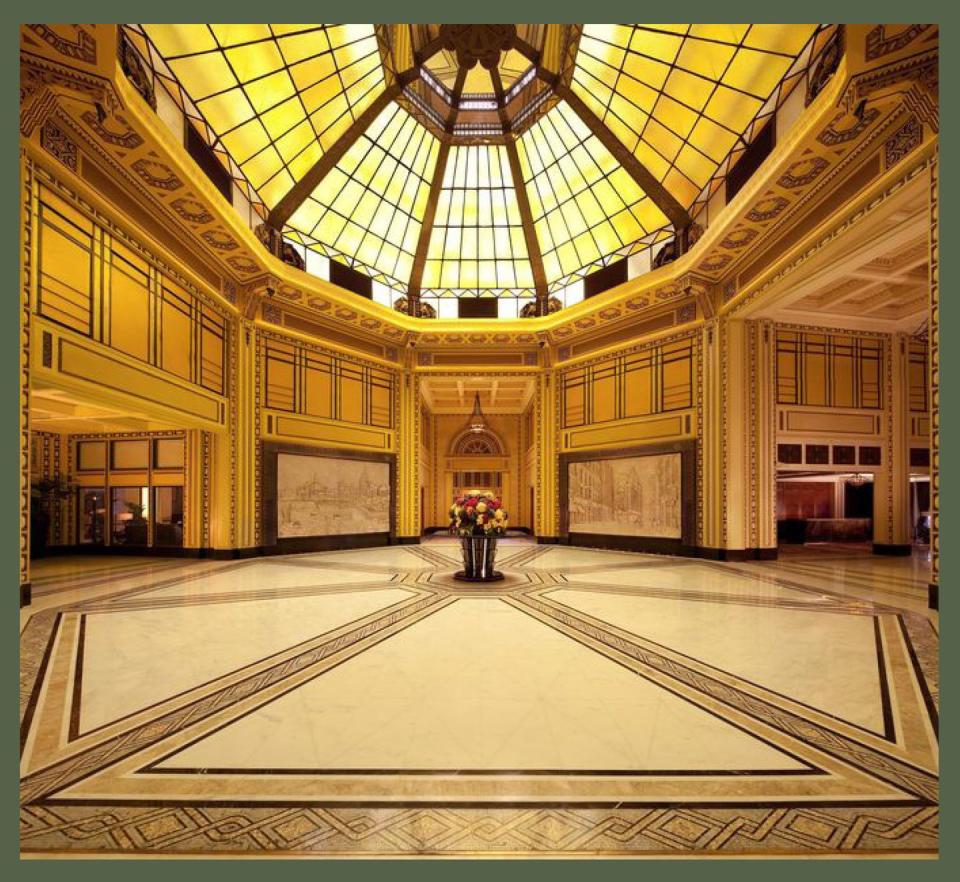How Shanghai Became a Capital for the Art Deco Movement

You might be totally surprised to hear this, but Shanghai Art Deco is a design movement that originated in...Shanghai. We kid—the name is pretty self-explanatory. But you probably weren’t aware that China had its own Art Deco movement, one that’s extremely visible throughout the city today. While the futuristic skyscrapers in the Lujiazui financial district might be the first thing you think about when imagining Shanghai, the city has an eclectic architectural history that’s resulted in one of the most impressive enclaves of Art Deco buildings in the world.

What Is Art Deco?
Before we get into the intricacies of Chinese Deco, we have to examine the roots of Art Deco as a whole. The movement grew out of Art Nouveau in the early 20th century, generally as a reaction against traditionalism in design and art in favor of technological modernity. Its name, Art Deco, refers to the Exposition Internationale des Arts Décoratifs et Industriels Modernes in Paris, the 1925 fair where the style official made its debut.
While the style was popular in Europe, it really flourished in the United States, where wealth was booming, and cities were growing at a rapid pace—some of the most famous buildings in the country, like the Empire State Building in New York, feature the ornamental style, whose signature characteristics include geometric patterns, streamlined linearity, and luxe materials.

How Did Art Deco Reach Shanghai?
During the late Qing Dynasty, from the 18th to the early 19th centuries, Shanghai transformed from a fishing village into a major port city that facilitated global trade. During this time, design inspiration largely flowed from East to West, with Europeans becoming fascinated with Chinese style from imported goods. (Ultimately, this is what spurred the popularity of Chinoiserie in Western high society).
Eventually, trade wars broke out—the First Opium War between the Chinese and the British ended with a British victory and the conversion of Shanghai into a “treaty port,” meaning it was largely controlled by Western powers, including the United Kingdom, the United States, France, and Germany. As such, large enclaves of Westerners popped up across the city.
From the 19th into the 20th century, Shanghai became a global metropolis. Between the 1920s and 1940s—the peak years of the Republic of China, which was established after the fall of the Qing Dynasty in 1912—Shanghai prospered, which primed the city for the introduction of lavish Art Deco style. Both Chinese architects who studied abroad and Western designers who moved to Shanghai brought the movement into China, where it took on its own identity and became one of the most popular styles incorporated into the city’s architecture and design.

What’s the Difference Between Shanghai Art Deco and Western Art Deco?
“In America, Art Deco was really celebrating the machine. If you look at something like the Chrysler Building, you know they took things like hubcaps and transformed them into architectural motifs,” says Jason Oliver Nixon, cofounder of Madcap Cottage. “If you go to Shanghai, you're getting a reinterpreted Art Deco that was bringing in traditional Chinese motifs and patterns.” Designers also incorporated sumptuous Chinese materials like lacquer, ivory, local woods, and silks into their Art Deco creations. “It was a little bit more sensual,” says Nixon.
In terms of architecture, while Shanghai Art Deco buildings included the symmetry, geometry, and scale of Western Art Deco, they maintained certain traditional elements, such as pagoda-like roofs—a lasting symbol of the meeting of East and West from which they grew.
Follow House Beautiful on Instagram.
You Might Also Like

